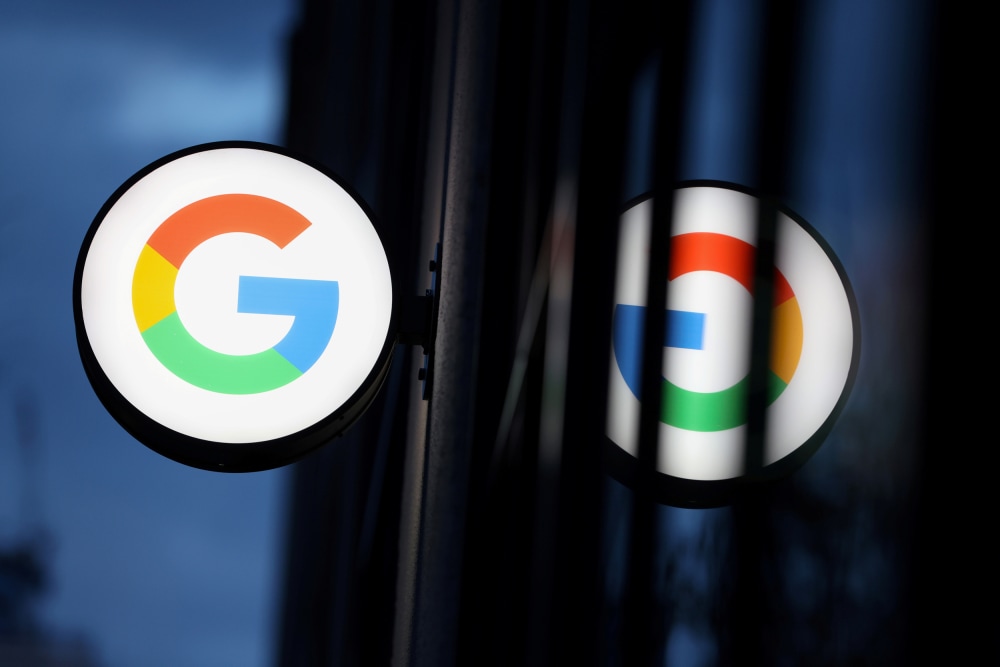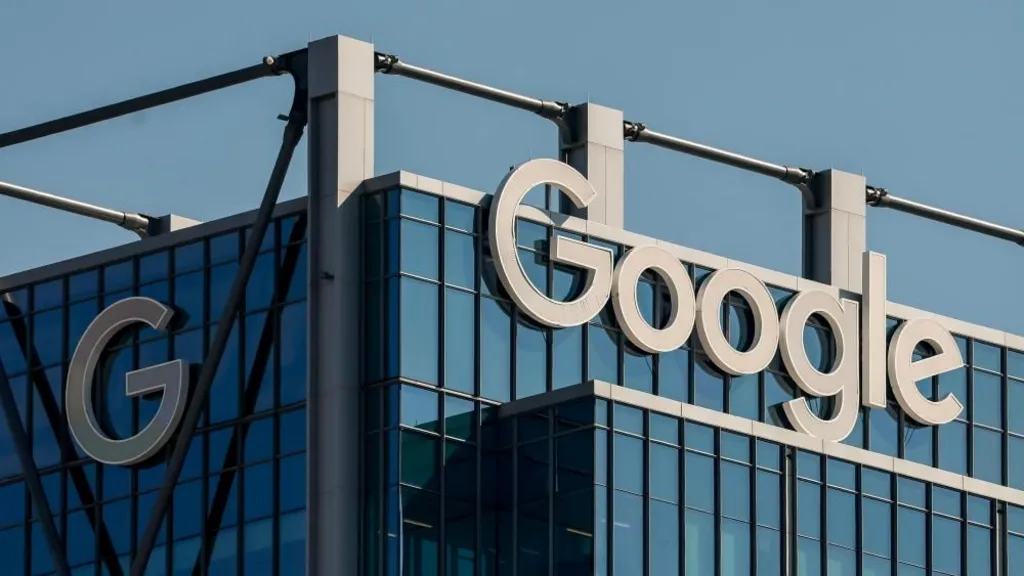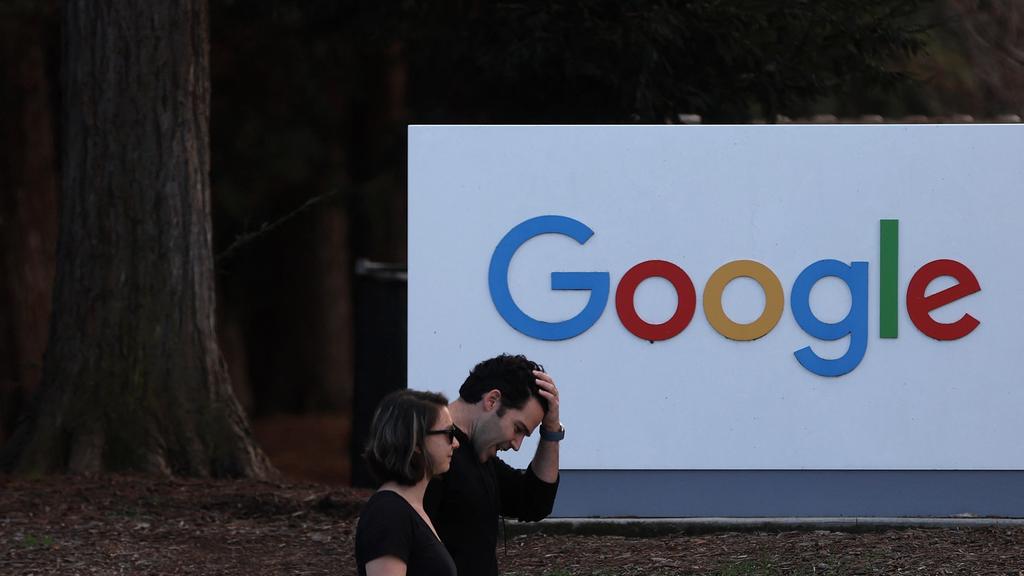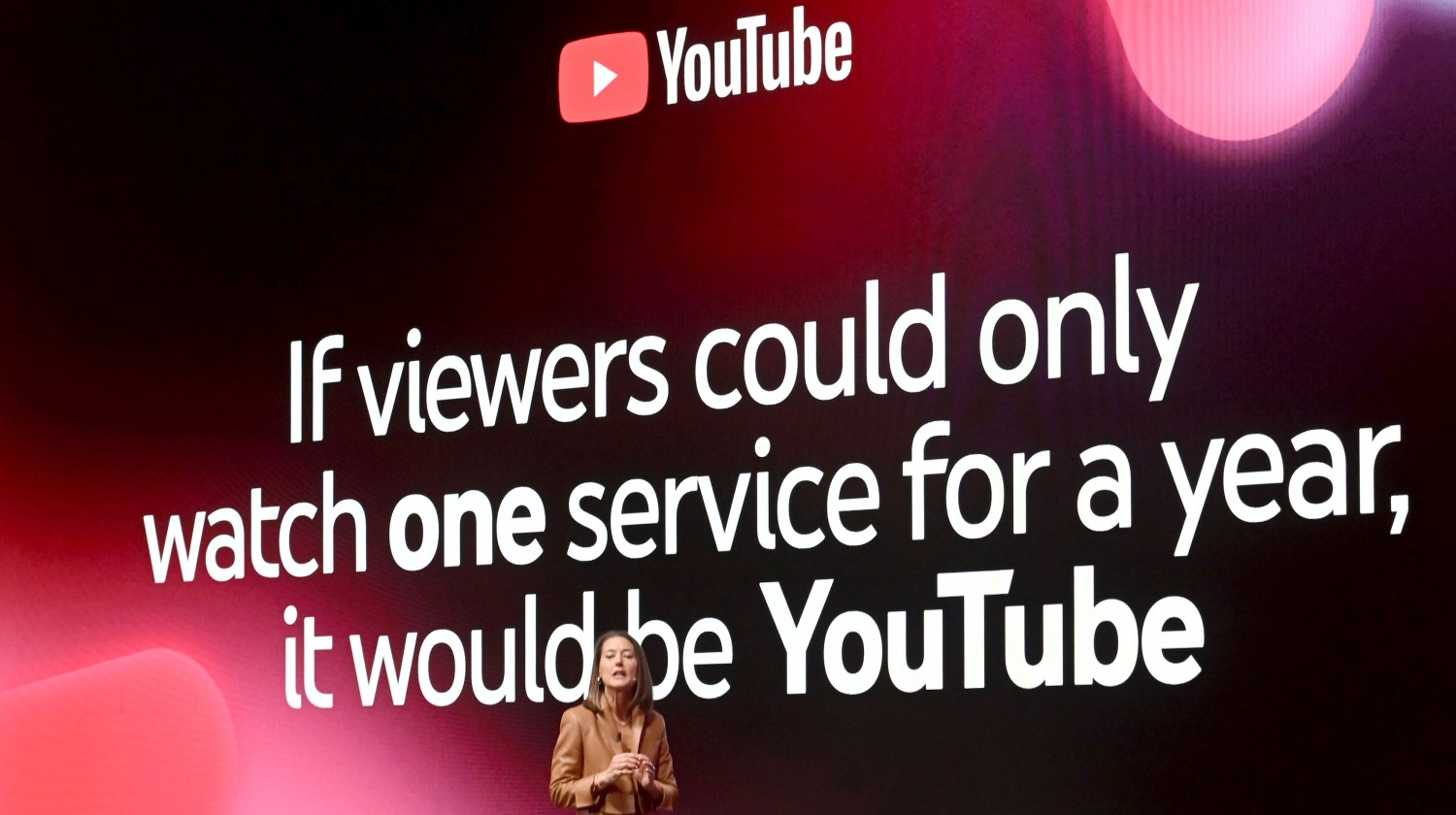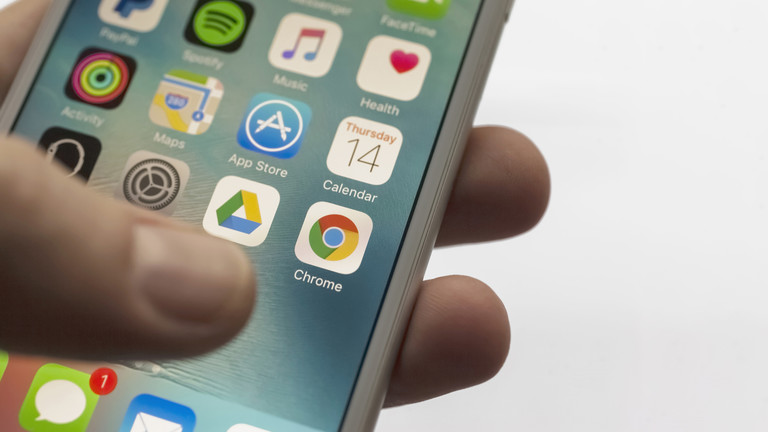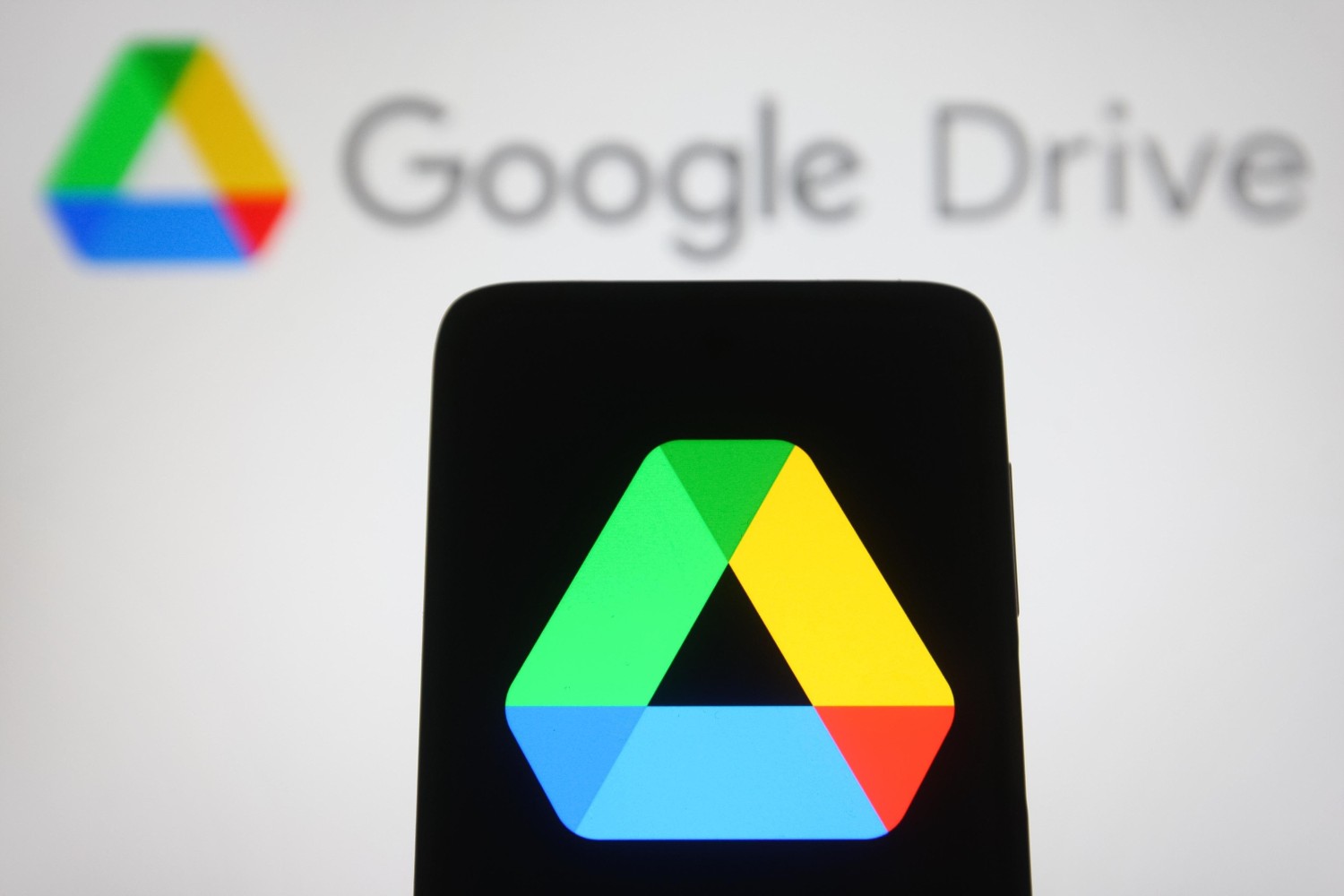
This article is more than
5 year oldGoogle's music streaming service is about to shut down for good. Here are 20 other Google products that bombed, died, or disappeared.
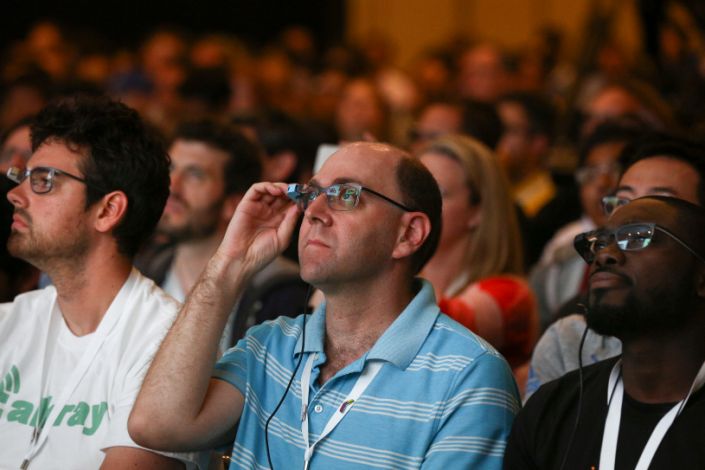
-
Google has dozens of popular hardware and software products.
-
But there are many Google innovations that have crashed and burned, or slowly petered out over time, like Google Glass and Google Plus.
-
Google has killed off a few major products over the last few years, including Inbox by Gmail and Allo, yet another Google-made messaging app.
-
The latest casualty is Google Play Music, Google's music library and streaming service.
Google is known for its collection of wildly popular products, from Search to Maps to Android. But not everything the company touches turns to gold.
Google Glass was supposed to change the world, but it quickly became a punch line. And remember Google Buzz?
Now, Google has killed off yet another app, Google Play Music. The music service app never gained the popularity of its competitors, Spotify and Apple Music, and Google will shut it down for good this year.
Of course, sometimes the best innovations are the ones that everybody thinks are doomed to fail early on but then eventually take off, so it makes sense that Google has had its fair share of misses over the years. Still, we highlighted some of the major products that have ended up in the Google graveyard.
(There are plenty more, however: an avid coder named Cody Ogden created a website listing all the products Google has ditched over the years. Ogden's site, Killed by Google, lists over 200 now-defunct products.)
Here's a look at 21 of Google's biggest misses.
Google Answers was the first project Google worked on and started as an idea from Larry Page. Answers lasted for more than four years but stopped accepting questions in 2006.

Source: Google
Lively, Google's virtual worlds, lasted a little over a year. Google said it created Lively because it "wanted users to be able to interact with their friends and express themselves online in new ways," but it just didn't catch on. Lively was shut down in 2008.

Flickr/Dave White
Source: Google
Google first unveiled Glass in dramatic fashion in 2012, but the device never made it to the masses. Glass came with a high price tag, software issues, potential privacy problems, and it generally looked too nerdy. Google ended consumer sales of Glass in January 2015, but it continues to sell the device to businesses and is working on a new version.

Justin Sullivan/Getty Images
Source: Business Insider
Google Buzz was a social-networking service that was integrated into Gmail, but it was plagued with problematic privacy issues and never caught on. The company announced in October 2011 it would shut down the service to focus on Google+ instead.

Flickr/Rick Turoczy
Source: Google
The Google Play edition Android phone was introduced in the spring of 2014. But by January 2015, they were listed as "no longer available for sale" and a Galaxy S5 edition of the phone never materialized, despite leaked photos appearing online.

Source: Ars Technica
Google Wave was designed to let people message each other and edit documents together, but users were confused by it and it quickly flopped. Wave lasted about a year before it was killed in August 2010.

Flickr/Harto Pönkä
Source: Business Insider
Google Video was Google's own video-streaming service, launched before the company bought YouTube in 2006. Google Video stopped accepting new uploads in 2009, but Video and Youtube coexisted until August 2012 when Google shut down Video for good.

Source: TechCrunch
Google's Nexus Q, a streaming media player that was designed to connect all home devices, was unveiled with great fanfare at the company's 2012 developer conference. Reviews of the $299 Q in tech blogs were brutal, and Google shelved the product before it ever went for sale to the public.

Steve Kovach, Business Insider
Source: 9to5Google
Google X, an alternative interface for the search engine, lasted exactly one day before Google pulled the plug. A strange tribute to Mac OS X's dock, the site said: "Roses are red. Violets are blue. OS X rocks. Homage to you." Google X was quickly taken offline on March 16, 2005, and today the name has been repurposed as Google's research division.

Screenshot
Source: MacWorld
Originally intended to give people access to health and wellness information, Google Health was closed for good in January 2012 after Google observed the service was "not having the broad impact that we hoped it would."

Joe Raedle/Getty Images
Source: Google
Google Reader was a news-reading app that let users pull in stories from blogs or news sites. Google announced it was shutting down Reader in March 2013 — much to users' dismay and outrage — and it was officially killed in July 2013.

screenshot/Julie Zeveloff
Source: Business Insider
Google Catalogs, an interactive shopping program that digitized catalogs, was shut down in 2015. Google shuttered the mobile version of Catalogs in 2013 and shut down the desktop version two years later.

Source: PMG
Google Hangouts On Air — Google's live-streaming service — is moving to YouTube Live beginning September 2016. The service was originally created in 2012 when live streaming was catching on and was once used by President Obama and Pope Francis.

Source: The Verge
Dodgeball, a service that let users check in at locations, was purchased by Google in 2005. Its founders, which included Dennis Crowley, left Google seemingly on bad terms in 2007 and Crowley went on to build a very similar service, Foursquare, two years later.

Brian Ach/Getty Images for TechCrunch
Source: Venture Beat
iGoogle, a personalized homepage, was shut down in 2013. Created in 2005, iGoogle allowed users to customize their homepage with widgets. Google said iGoogle wasn't needed as much anymore since apps could run on Chrome and Android.

Source: Google
Orkut was once a popular social-networking service that grew out of a Googler's "20% time" project. The site was more popular abroad than it was in the US and Google decided to kill it in September 2014.

Flickr/Peter Kaminski
Source: Business Insider
Google Notebook was a precursor to Google Docs and was a place to copy and paste URLs or write notes that could be shared or published. Google stopped development on Notebook in 2009 and officially shut it down in July 2012, transferring all data from Notebook to Google Docs.

Source: Google
Google Plus was intended to be Google's social-networking service. But Google decided to shutter it after a software glitch caused Google to expose the personal profile data of hundreds of thousands of Google Plus users.

Nicholas Carlson
The software glitch came to light this past spring, but managers there chose not to go public with the information, according to a report from The Wall Street Journal
Here's what Google had to say about the demise of Google Plus:
"[W]hile our engineering teams have put a lot of effort and dedication into building Google+ over the years, it has not achieved broad consumer or developer adoption, and has seen limited user interaction with apps. The consumer version of Google+ currently has low usage and engagement: 90 percent of Google+ user sessions are less than five seconds."
Allo was Google's smart messaging app. But it never gained "the level of traction" Google was hoping for.

Google/Business Insider
Allo was announced at the company's developer conference in May 2016. It was intended to be a smart messaging app that had Google Assistant built in for things like surfacing restaurant recommendations or supplying facts in real time.
But after lackluster adoption, the company said in April 2018 it would be "pausing investment" on the app.
"The product as a whole has not achieved the level of traction that we'd hoped for," Anil Sabharwal, vice president of product at Google, told The Verge at the time.
Google shut down Allo for good in March 2019.
Inbox by Gmail was intended to be a new take on email, aimed at making it more efficient and organized.

The app bundled together emails about the same topic, highlighted the most important details from a message, and gave the user the option to set reminders or snooze a message.
But Google started adding many of those features to Gmail proper, and announced in 2018 it would shut Inbox down at the end of March 2019.
Google Play Music was intended to compete with Spotify and came pre-installed on Android devices.

Google launched its music service in 2011 as a competitor to iTunes. Over time, Google added streaming and rebranded the service to Google Play Music. But it never took off in the way that Spotify and Apple Music did, and Google began to sunset the product in favor of YouTube Music.
Beginning this September, Google Play Music will begin shutting down and will stop working for good in October.
Read the original article on Business Insider
